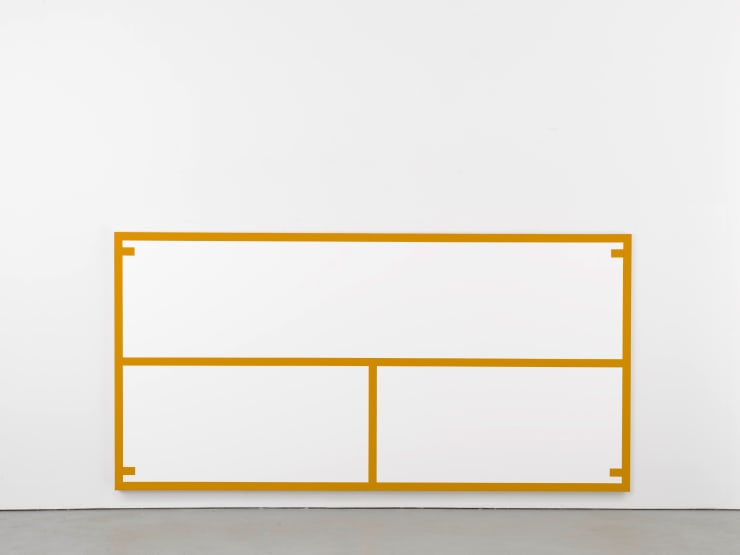Alan Uglow England, 1941-2011
Alan Uglow (b. 1941, England, d. 2011, New York) began attending art school while still in his early teens. He was soon drawn towards non-figuration, an inclination further confirmed when, in 1959, aged seventeen, Uglow viewed a seminal exhibition, at the Tate Gallery: The New American Painting, featuring New York's "heavy hitters," in Abstract Expression. He later commented, "I wasn't sure I understood everything I was seeing, but I felt they would understand everything I was trying to do." That sense only grew deeper, and believing abstract art remained under-appreciated in Great Britain—even as his work was garnering attention, and positive press—Uglow finally took a three-week trip to New York City, in 1968, to see the place, firsthand. He moved there permanently the following year. Initially settling into a loft, on Greene Street, pre-"Soho," alongside other like-minded artists, he then, in 1974, moved into his loft on the Bowery, where he remained until his death.
Uglow soon became a 'New York artist,' joining the noteworthy Bykert Gallery, and in 1975, included in that year's Whitney Biennial. Working on series that evolved gradually over decades, while also continuing to surprise in unpredictable ways, Uglow always remained faithful to his central vision, his practice unaffected by the increasingly commercial demands of the art scene in the 1980s, 1990s, and into the aughts. His work is characterized by a fine balance between the consciously meticulous and the intuitive, attentive to palette, scale, and composition, with particular consideration paid to the placement of the paintings in relation to the wall and surrounding space. Uglow's particular mastery of touch permitted him to lay down multiple layers of paint—often between forty and forty-six—creating delicate nuances that fluctuate, depending not only upon the light, but shifting in color and depth according to the viewer's perspective, when, with intention, yet without aggression, Uglow's work encourages increased interaction of the viewer's body moving in relation to the painting, an interaction that rewards, as, off the grid, in real space, both the work, and the viewer, open and expand.
Early inspirations for Uglow were as diverse as Alberto Giacometti, Jo Baer, Kazimir Malevich, Piet Mondrian, Barnett Newman, and Ad Reinhardt. Yet his works contain their own distinct and instantly recognizable aesthetics, offering always-new, unexpected modulations and cadences: compelling dialogues between center and edge, presence and absence, excitement and calm.
His work is represented in private and public collections internationally, including the Cincinnati Art Museum; Gemeentemuseum, The Hague; High Museum, Atlanta; Le Consortium, Dijon, France; Musée des Beaux-Arts, La Chaux-de-Fonds, Switzerland; Museum Haus Esters, Krefeld, Germany; Museum Wiesbaden, Wiesbaden, Germany; National Gallery of Iceland, Reykjavik; Sammlung Goetz, Munich; Sammlung Lafrenz, Hamburg; Staatliche Museen zu Berlin; and the Stedelijk Museum, Amsterdam.












